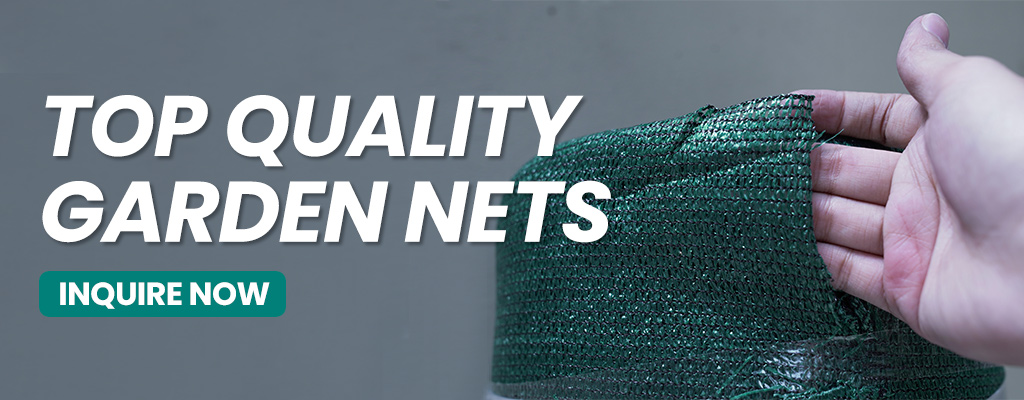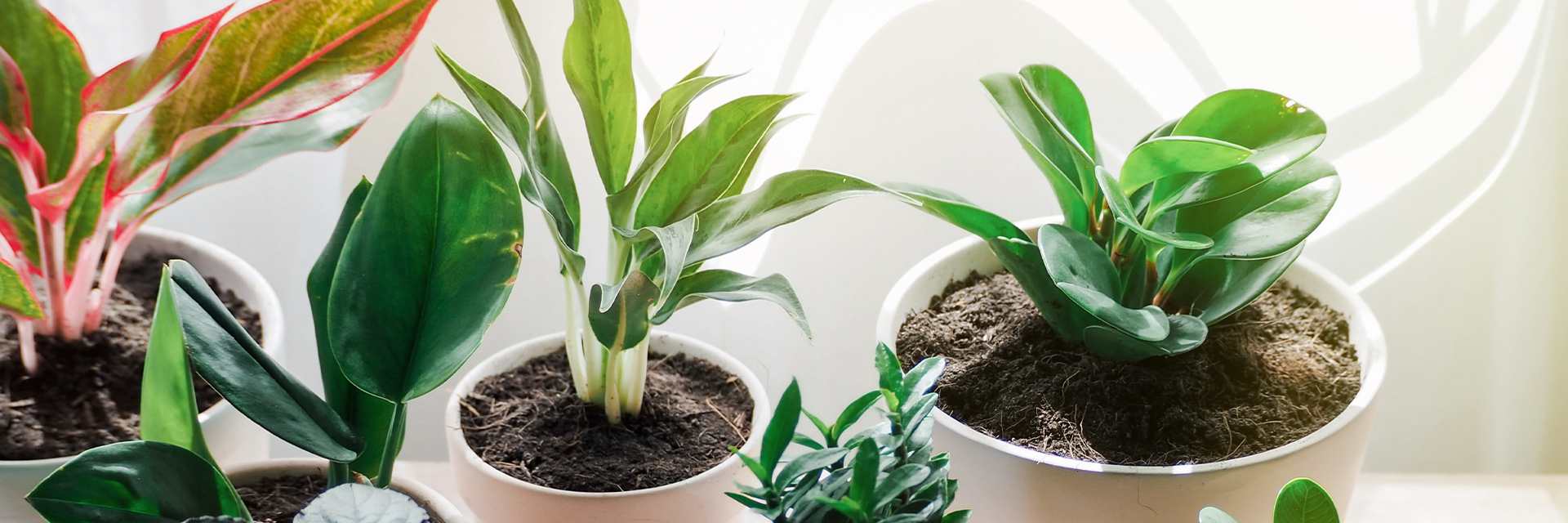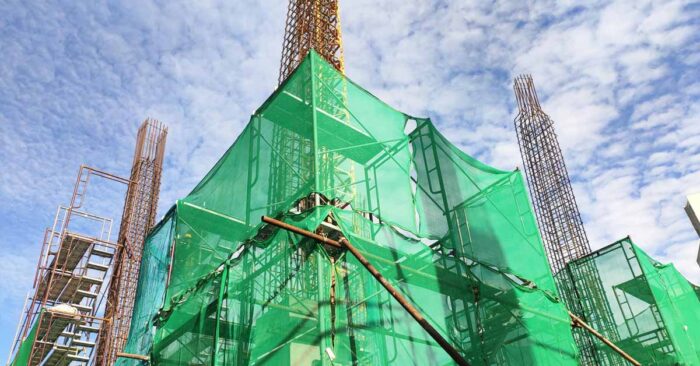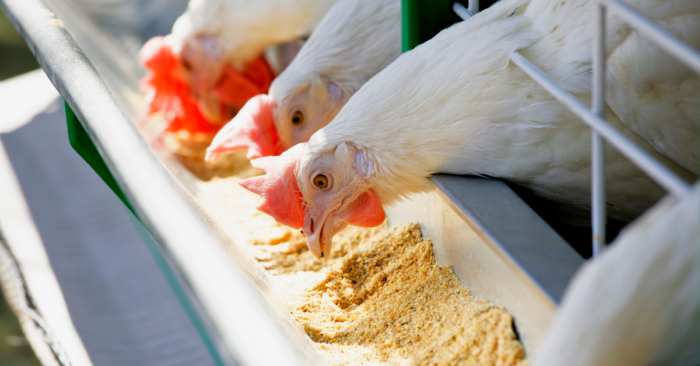Whether you like it or not, you will have to take a few science lessons if you want to be a certified plantito or plantita. But don’t worry as what you’re going to learn today is as easy as letting some good old sunlight in your garden for your plants to cherish.
Knowing that all plants need sunlight is basic elementary. Plant growth cannot happen without it. On the other hand, knowing the science behind how much light intensity, temperature, and humidity your plants need comes from an entirely different textbook. The process is similar to photography, plants absorb light energy from the sun and undergo its most fundamental process called photosynthesis much like the way photo negatives are developed from light.
The next time you open your window for your plants, take a few factors like light intensity, temperature, and humidity into consideration first.
How much light intensity do your plants need?


Notice how images slowly form when light reacts with a negative photo reel? With the right light intensity, you’ll be able to cause plant food production and slowly see your plants’ stems, leaf colors, and flowers appear too!
However, you should also balance the right intensity according to the plant species you grow. Low light will make your plants more spindly and with lighter green leaves as their chlorophyll produce enough sugar to sustain themselves. Plants grown in bright light will usually be shorter in height but have stronger branches and larger, yet darker leaves.
If you are growing multiple species of plants in one area of your backyard or garden, using garden nets can help a lot in regulating the amount of light intensity that your different plants can absorb throughout the day. Place your sun-loving plants underneath a good garden net with the right mesh size so they can get the most out of the sunlight’s effect.
The right light intensity can speed up the plant growth process but that’s only a third of the entire perfect plant picture. Next, let’s discuss what the right temperatures do to develop your plants.
Setting up the right temperature for your plants


In a tropical country such as ours, most plant species can tolerate different seasons throughout the year. Foliage plants are comfy enough to grow in 21℃ temperatures but not more than 27 ℃ during daytime but your ornamentals will prefer a cooler temperature of 15.5℃ during nighttime. These plants need to recover most of the moisture they lost from being under the sun so they can lengthen their flowers’ lives.
Again, investing in quality garden nets can regulate the right temperature for your various plant species because too much or less of it can give them stress, make them prone to dehydration, or make them too spindly and with foliage damage. To be on the safer side, set your garden nets so that your nighttime garden temperature drops to around 10 degrees lower than the day’s temperature.
Controlled temperatures make your plants look healthier, stronger, and sturdier, completing two-thirds of our whole perfect picture process.
The sunlight effect in plants via humidity


Another factor that greatly affects your plants is humidity– the water that floats in the air which your plants absorb. Remember, plants that grow in a simulated setting will always need some form of climate control for photosynthesis to happen. Maintaining the right humidity levels in your garden can lead to better plant transpiration or the way your plants absorb and release water.
Your plants breathe through the sides of their leaves and in hot weather, they might find it harder to breathe as that part of their leaves closes to conserve water which they will need later on. This will then lead to your plants being suffocated from their own transpired gases.
When your plants’ leaves trap enough water vapor, you’ll need to control air circulation and humidity levels using quality garden nets such as the ones produced by premier provider Philippine Ranging Nets which offers nets with various mesh sizes to suit various plant needs. With garden nets, you can also ensure that your plants have proper breathing and you won’t need to use any grower fertilizer to help them grow.


When temperatures are colder, group your plants under a garden net to raise humidity levels in the air. Avoid misting your plants with aerosol sprays as this could increase the spread of diseases in plants.
Providing your plants with the right humidity levels gives them healthier-looking leaves and ensures proper carbon dioxide and oxygen cycles to complete its perfect picture form.
Get grade-A garden nets that are proudly Philippine-made from the Philippine Ranging Nets. Send them a message at [email protected] or call +63977 007 0228 to place an order.




